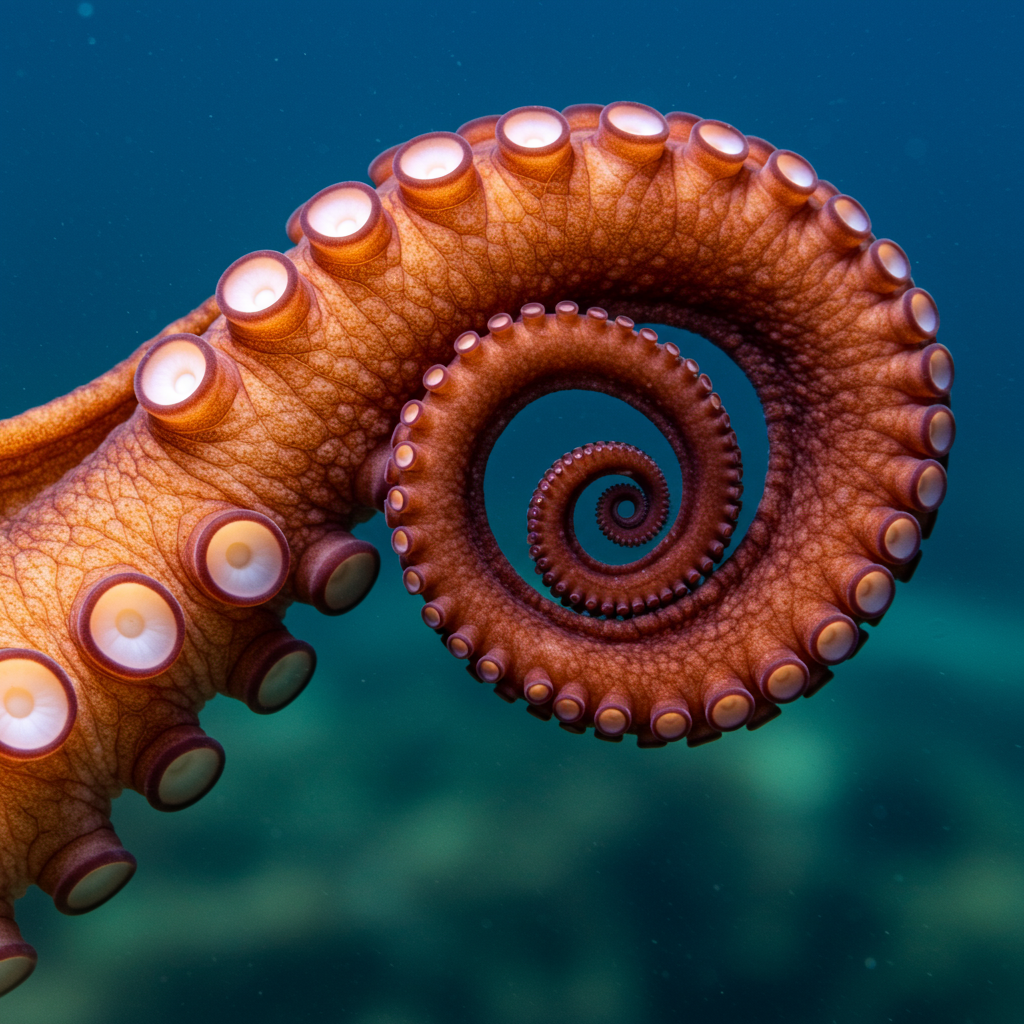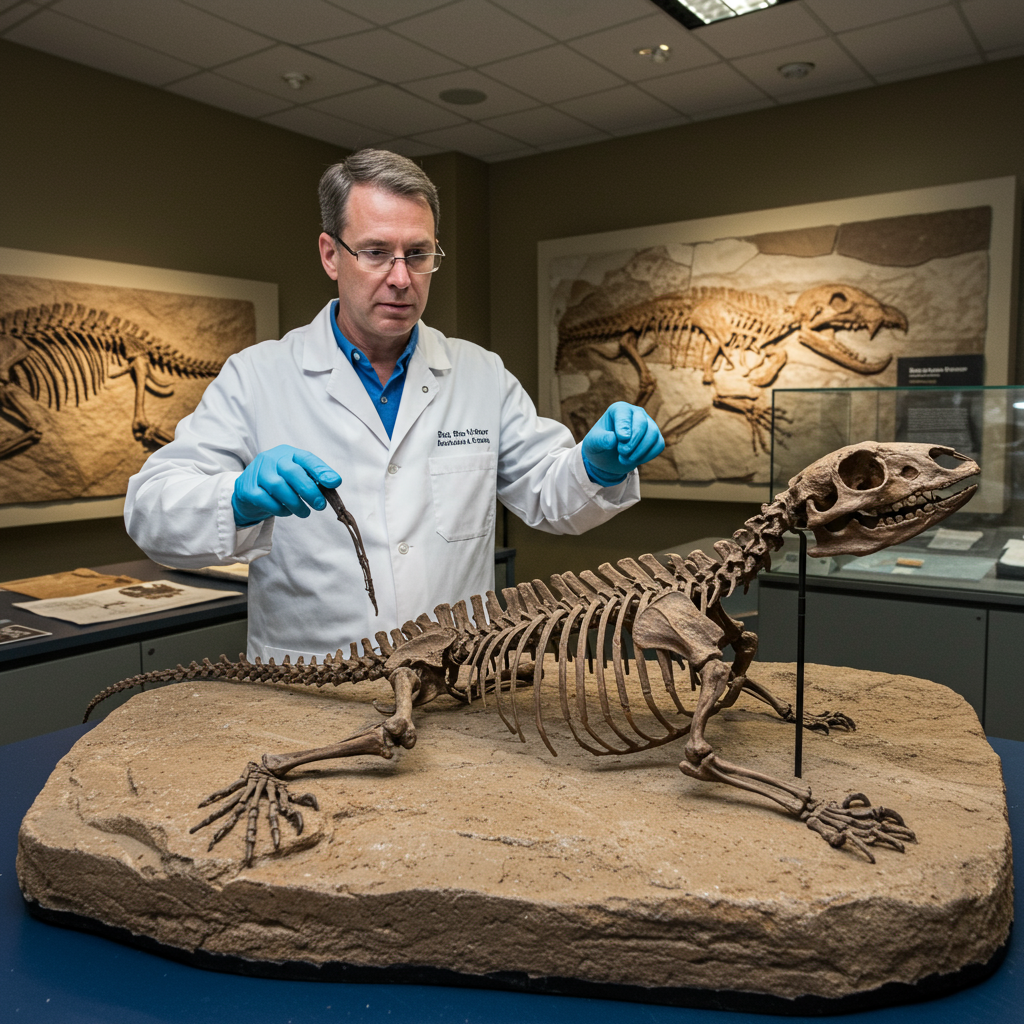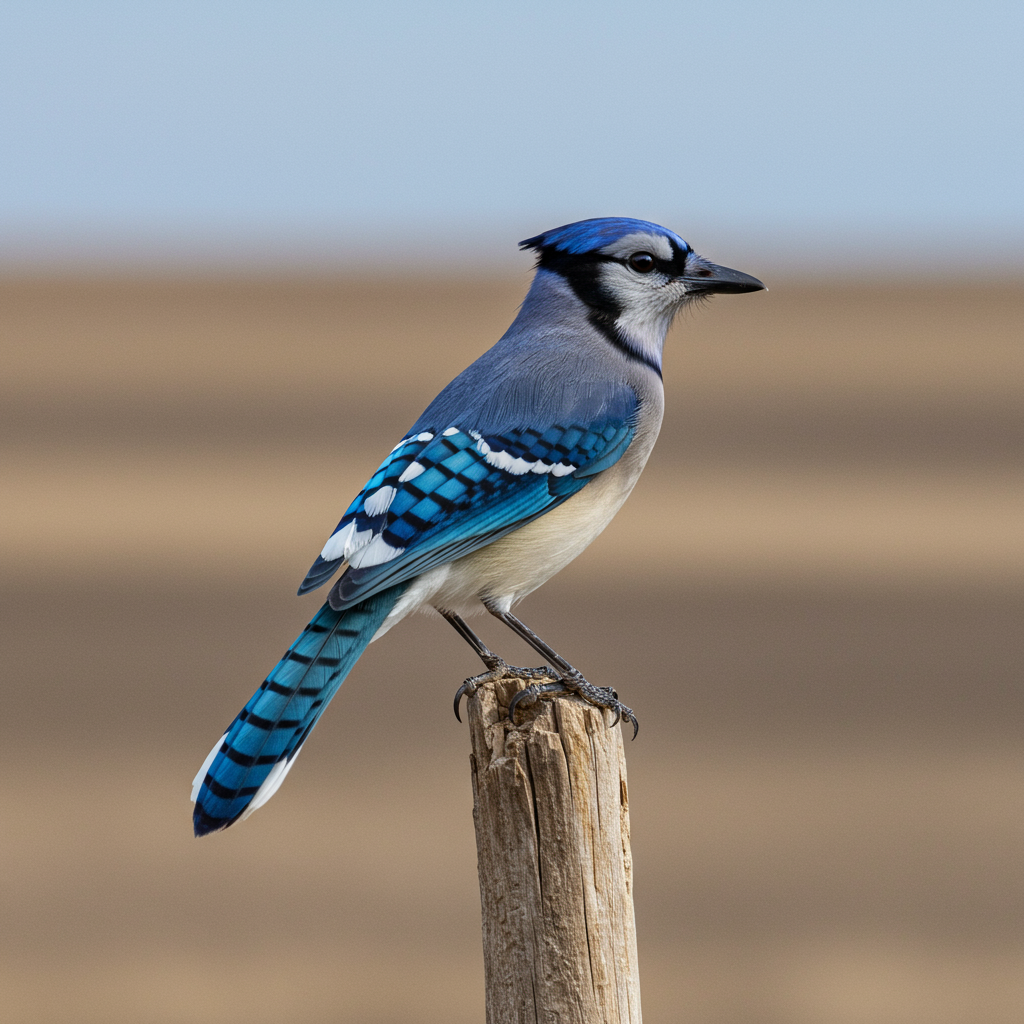Imagine an animal whose limbs move with seemingly limitless freedom, twisting, bending, and reaching in any direction without a single bone. This marvel of natural engineering exists in the depths of our oceans: the octopus. New research reveals the astonishing octopus arm flexibility isn’t just a party trick; it’s a precisely coordinated system critical for survival and complex behaviors in diverse natural environments. These findings aren’t just for marine biologists; they’re revolutionizing the field of soft robotics, inspiring the next generation of adaptable machines.
The Remarkable World of Octopus Arms
Octopuses are masters of movement, and their eight arms are the primary tools in their extensive behavioral repertoire. Unlike vertebrates, octopuses possess muscular hydrostats – limbs made almost entirely of muscle, supported by fluid pressure rather than skeletal structures. This unique design grants them unparalleled dexterity. Each arm houses a densely packed, three-dimensional arrangement of four distinct muscle groups: transverse, longitudinal, oblique, and circular. These muscles work in concert, allowing the arm to execute an incredible range of motions. Furthermore, a largely decentralized nervous system, with more neurons in the arms than in the central brain, enables remarkable autonomy and complex, simultaneous actions across multiple limbs.
Unpacking a Groundbreaking Field Study
For decades, scientists have studied octopus arm flexibility in laboratory settings. However, the true extent of their abilities in the wild remained elusive. A pioneering field study, led by Chelsea O. Bennice and her team, changed this. Published in Scientific Reports, their research offers the most comprehensive, naturalistic analysis to date. Researchers analyzed 25 videos of naturally behaving octopuses (Octopus vulgaris sensu stricto, O. americanus, and O. insularis) filmed across various shallow-water Caribbean and Spanish habitats. These environments included shell rubble, sand plains, seagrass beds, and coral reefs, far exceeding the structural complexity of lab trials.
The study employed a sophisticated hierarchical analysis. They first identified 15 distinct animal behaviors, then broke these down into 12 discrete arm actions, and finally, into 4 fundamental arm deformations. This meticulous, frame-by-frame examination provided unprecedented insights into how octopuses truly use their flexible limbs.
Unlocking Octopus Arm Actions and Specialization
The study recorded an astounding 3,907 arm action occurrences, showcasing how all eight arms are capable of executing every identified action. From foraging to camouflage, these natural behaviors demand intricate arm coordination. Researchers observed that multiple arm actions could occur simultaneously, even on the same arm or across adjacent arms, demonstrating extreme coordination.
The 12 identified arm actions included:
Reach
Raise
Lower
Tuck
Curl
Push
Parachute
Roll
Grasp
Stilt
Tiptoe
Grope
Fetch
Five of these actions – reach, raise, lower, tuck, and curl – alone accounted for 78% of all observed arm movements, highlighting their importance in daily life.
The Surprising Truth of Arm Preferences
While all arms are mechanically capable, octopuses demonstrate clear functional specialization, challenging previous assumptions of interchangeable limbs. The study found no significant preference between left and right arms in terms of action frequency. However, a striking pattern emerged regarding anterior versus posterior arm use.
Anterior Arms (Pairs 1 & 2): These front four arms were used significantly more often, accounting for 64% of all arm actions. They were predominantly deployed for exploratory roles and interacting with the environment, such as probing, reaching, raising, lowering, tucking, and curling.
Posterior Arms (Pairs 3 & 4): The rear four arms were used for the remaining 36% of actions, primarily focusing on locomotion. Actions like “stilt” (lifting the body for better vantage) and “roll” (a conveyor-belt-like motion for propulsion) were notably more common with these posterior limbs. This division of labor underscores the efficiency and adaptability of octopus arm specialization.
The Science of Arm Deformations
Beyond specific actions, the researchers dissected how these movements are physically achieved. They identified four fundamental arm deformations:
- Bend: The arm curves or angles.
- Shorten: Arm length decreases while width increases.
- Elongate: Arm length increases while width decreases.
- Torsion: The arm twists clockwise or counter-clockwise.
Across 6,871 deformation occurrences, all four types were used. “Bend” was by far the most frequent, accounting for 70% of all deformations, followed by “elongate” (22%), “shorten” (6%), and “torsion” (2%).
Regional Deformations: A Tailored Approach
The study further revealed that these deformations are not uniformly distributed along the arm. Different regions – proximal (closest to the body), medial (middle), and distal (furthest tip) – exhibit unique patterns of use.
Bend occurred most frequently in the distal region, followed by the medial, then proximal.
Shorten was more common in the medial region than the distal.
Elongate occurred more frequently in the proximal and medial regions compared to the distal.
Torsion was notably absent in the proximal arm region but occurred significantly more often in the medial and distal sections.
This regional specialization highlights how different parts of an octopus arm are fine-tuned for specific types of manipulation and movement, further demonstrating their intricate cephalopod dexterity.
Evolutionary Ingenuity: Brain Over Brawn
The unparalleled octopus arm flexibility and intricate control systems aren’t accidental; they represent a remarkable evolutionary solution. Ancestral cephalopods possessed hard outer shells, offering physical protection. However, most modern cephalopods, including octopuses, have either internalized or completely lost this shell. This loss made them physically vulnerable to predators, particularly the rise of agile bony fish.
To survive, octopuses evolved a “brain over brawn” strategy. Instead of relying on physical armor, they developed sophisticated cognitive and behavioral defenses that heavily depend on their versatile arms. Complex camouflage, mimicry of dangerous animals, startling deimatic displays, and unpredictable “protean” movements all require precise, rapid, and adaptive arm manipulations. This constant evolutionary pressure for intricate defense mechanisms likely drove the development of their advanced nervous system and the extraordinary flexibility of their arms, making these limbs indispensable for their very survival.
Inspiring the Future of Soft Robotics
The detailed understanding of how octopuses coordinate specific arm actions and deformations has profound implications for engineering. Octopus arms serve as an exceptional model for soft robotics. Engineers designing flexible robotic systems, particularly for unstructured and unpredictable environments, are looking to these natural designs for inspiration.
Imagine robots with “snaky little arms” capable of:
Navigating through confined or collapsed spaces in disaster zones to locate and assist trapped individuals.
Performing delicate surgical procedures with unprecedented precision and minimal invasiveness.
Exploring deep-sea environments or fragile ecosystems without causing damage.
By mimicking the octopus’s muscular hydrostat structure and its decentralized motor control, engineers can create robots that are not only incredibly flexible but also adaptable and resilient. This bio-inspired approach holds the promise of revolutionizing fields from defense and medicine to rescue operations and underwater exploration, demonstrating the true value of understanding nature’s most intricate designs.
Frequently Asked Questions
How do octopuses achieve their incredible arm flexibility?
Octopus arms are unique “muscular hydrostats,” meaning they lack bones and are composed almost entirely of muscle. Four distinct muscle groups (transverse, longitudinal, oblique, and circular) are densely packed, allowing for a wide range of movements like bending, shortening, elongating, and twisting. This, combined with a largely decentralized nervous system, enables each arm to move with a high degree of autonomy and coordination, leading to their unparalleled dexterity and octopus arm flexibility.
Do octopuses specialize their arm use for different tasks?
Yes, new research indicates octopuses exhibit clear arm specialization. While all eight arms are mechanically capable of performing various actions, the front four arms (anterior pairs 1 and 2) are predominantly used for exploration, reaching, and manipulating objects, accounting for 64% of actions. Conversely, the rear four arms (posterior pairs 3 and 4) are more frequently engaged in locomotion, such as “stilt” and “roll” movements, making up 36% of actions. There is no significant left or right arm preference.
How can octopus arm flexibility help advance robotics?
The extreme octopus arm flexibility and sophisticated motor control offer a powerful blueprint for soft robotics. By understanding the precise muscular and neurological coordination that enables octopuses to perform complex, task-specific movements, engineers can design more adaptable, resilient, and multi-functional robots. These bio-inspired robots could be invaluable for navigating challenging environments like disaster sites, performing delicate medical procedures, or exploring sensitive underwater ecosystems, essentially providing “snaky little arms” for tasks requiring high dexterity and non-rigid bodies.
Conclusion: A Testament to Nature’s Engineering
The latest research into octopus arm flexibility unveils a creature of extraordinary biological engineering. From the microscopic interplay of muscle fibers to the macroscopic coordination of eight highly specialized limbs, the octopus demonstrates a mastery of movement few other animals can match. This deep dive into their natural behaviors not only enhances our appreciation for marine life but also provides critical insights that are actively shaping the future of soft robotics. As scientists continue to unravel these complex biological secrets, the potential for bio-inspired innovation, from life-saving tools to advanced exploratory devices, remains limitless, proving that sometimes, the best designs are found in nature itself.




